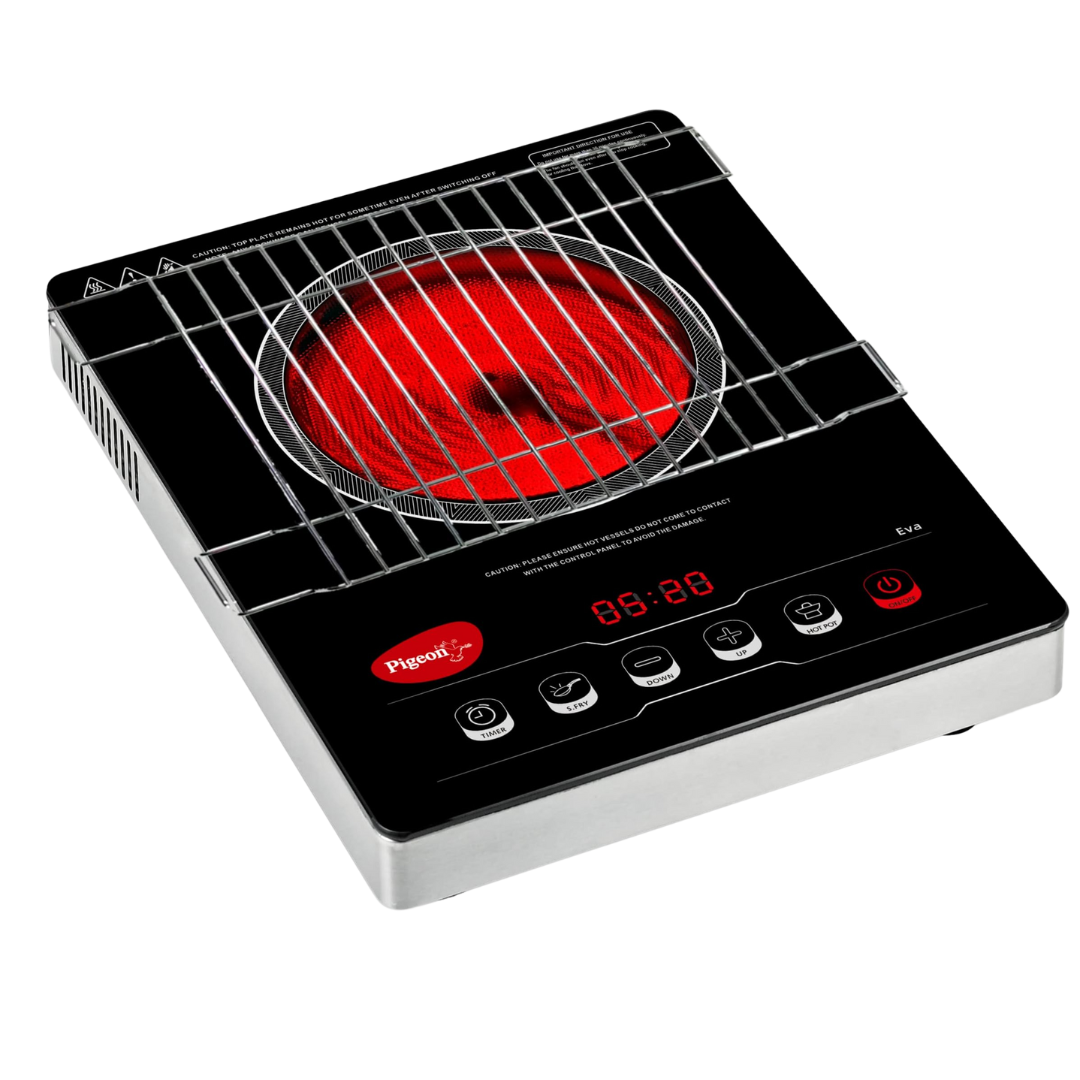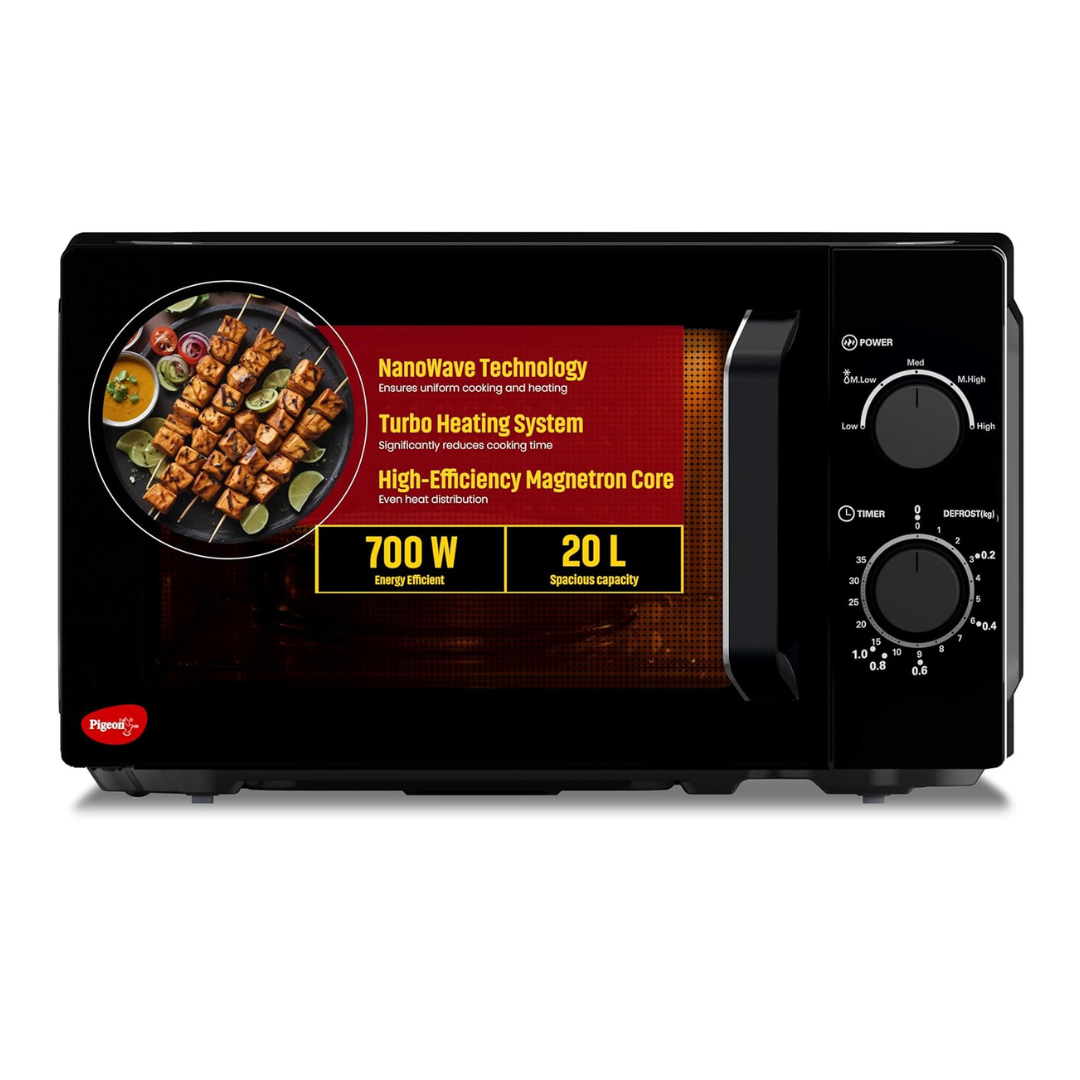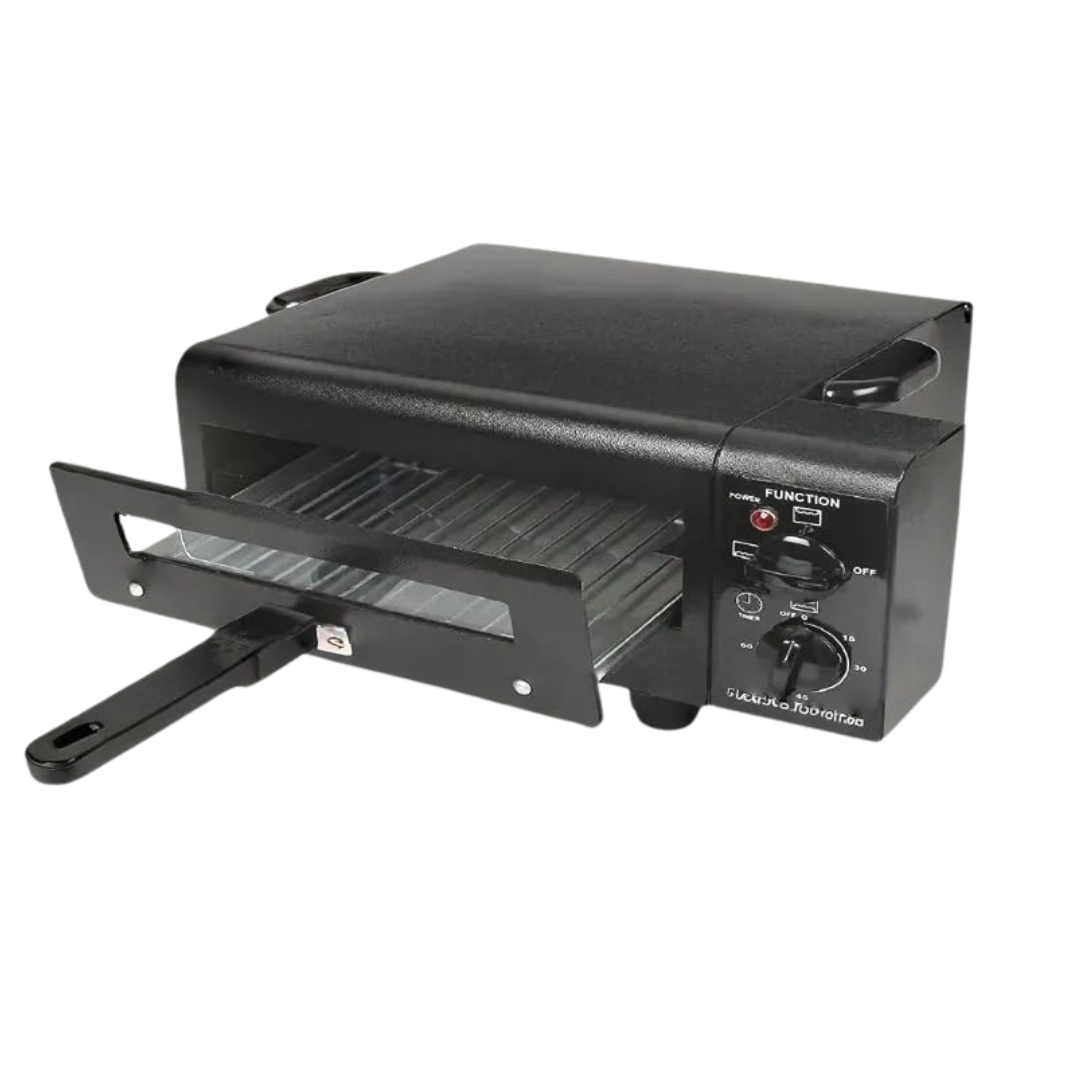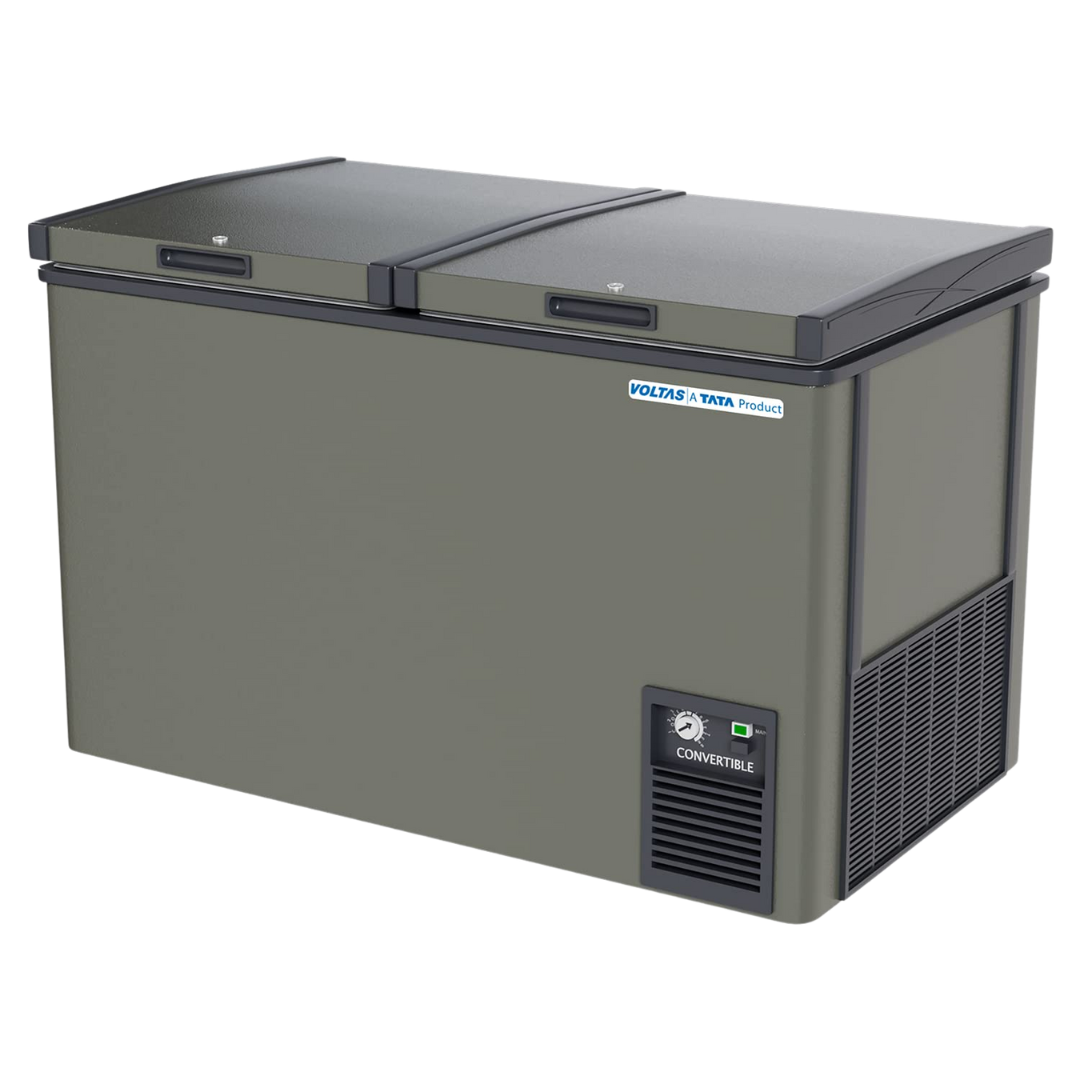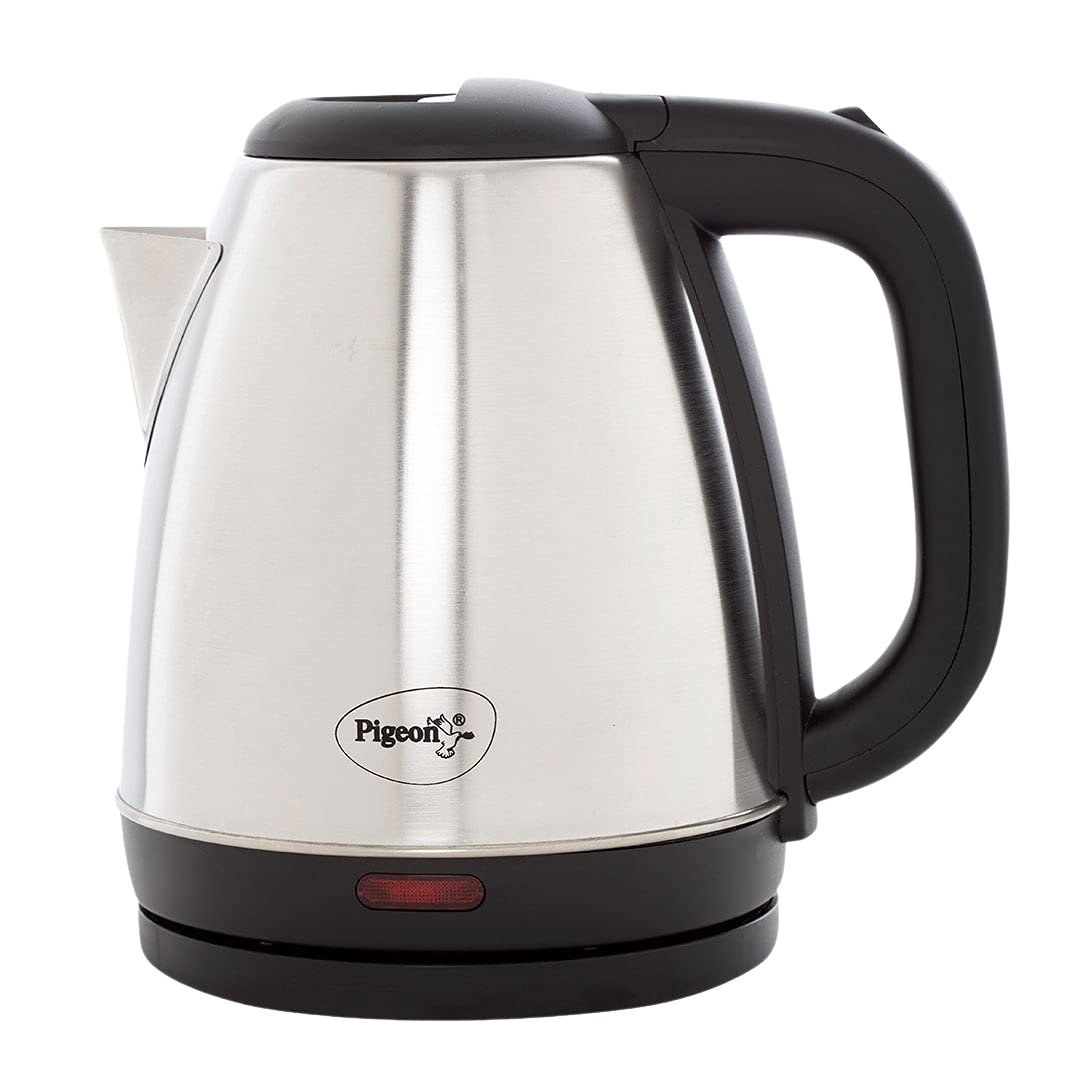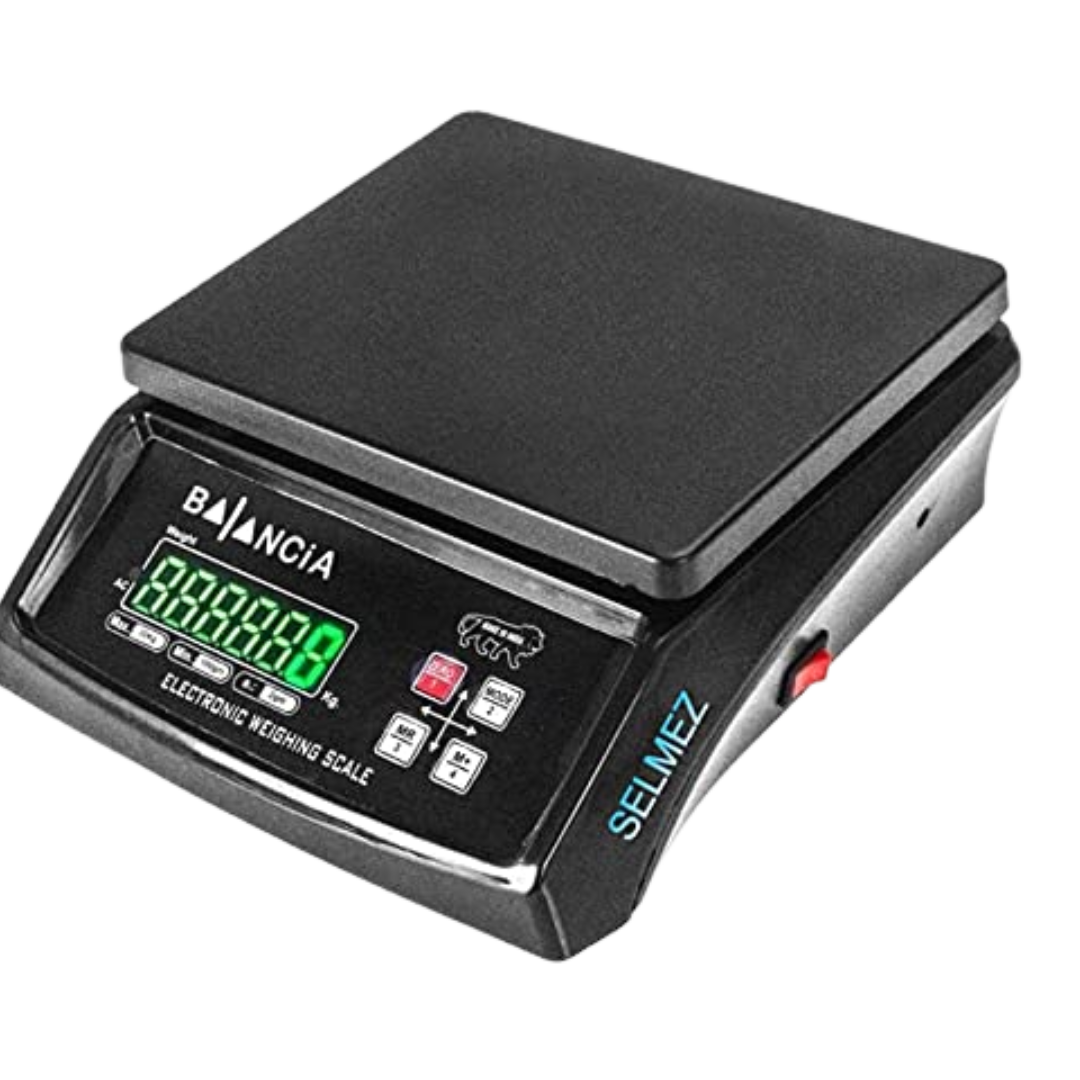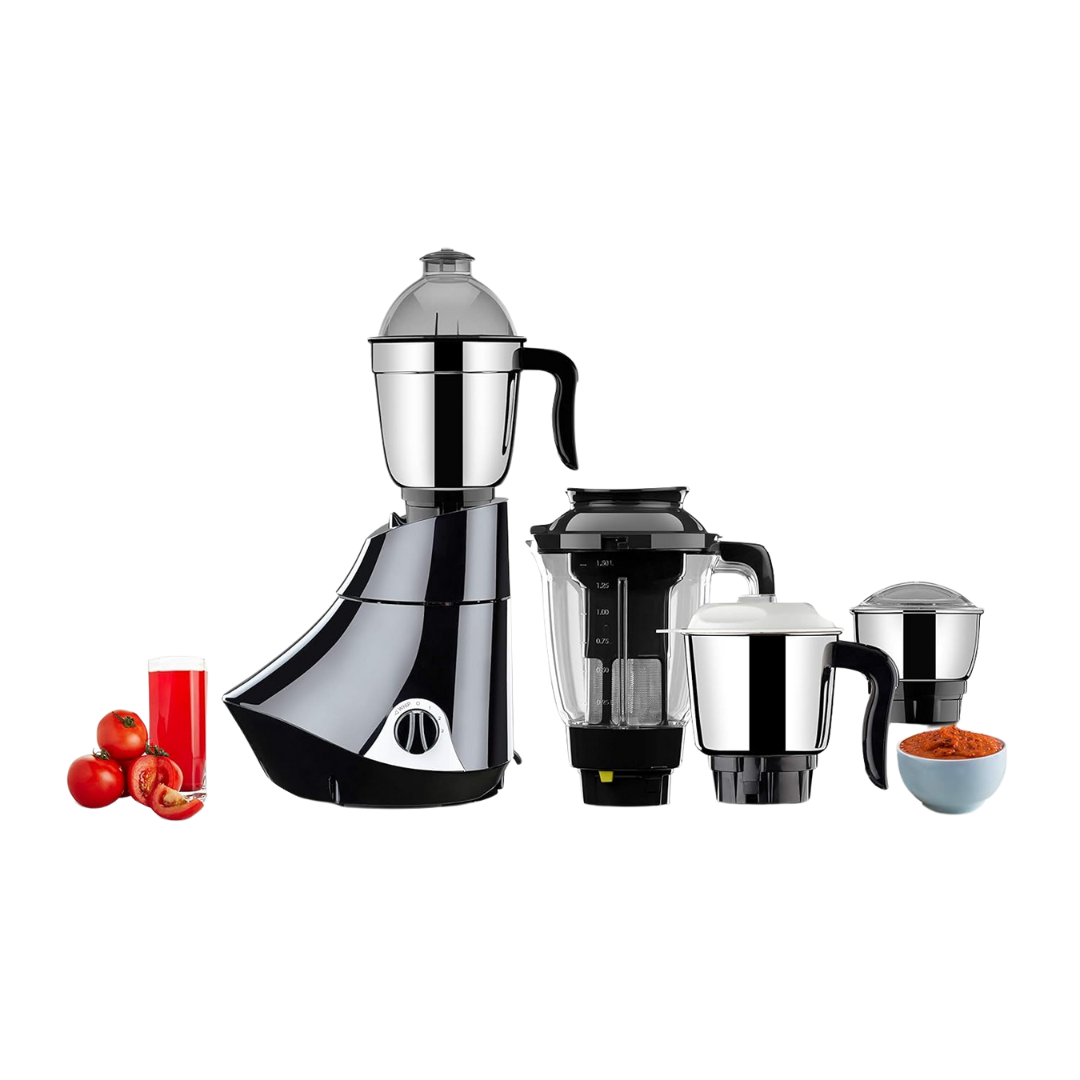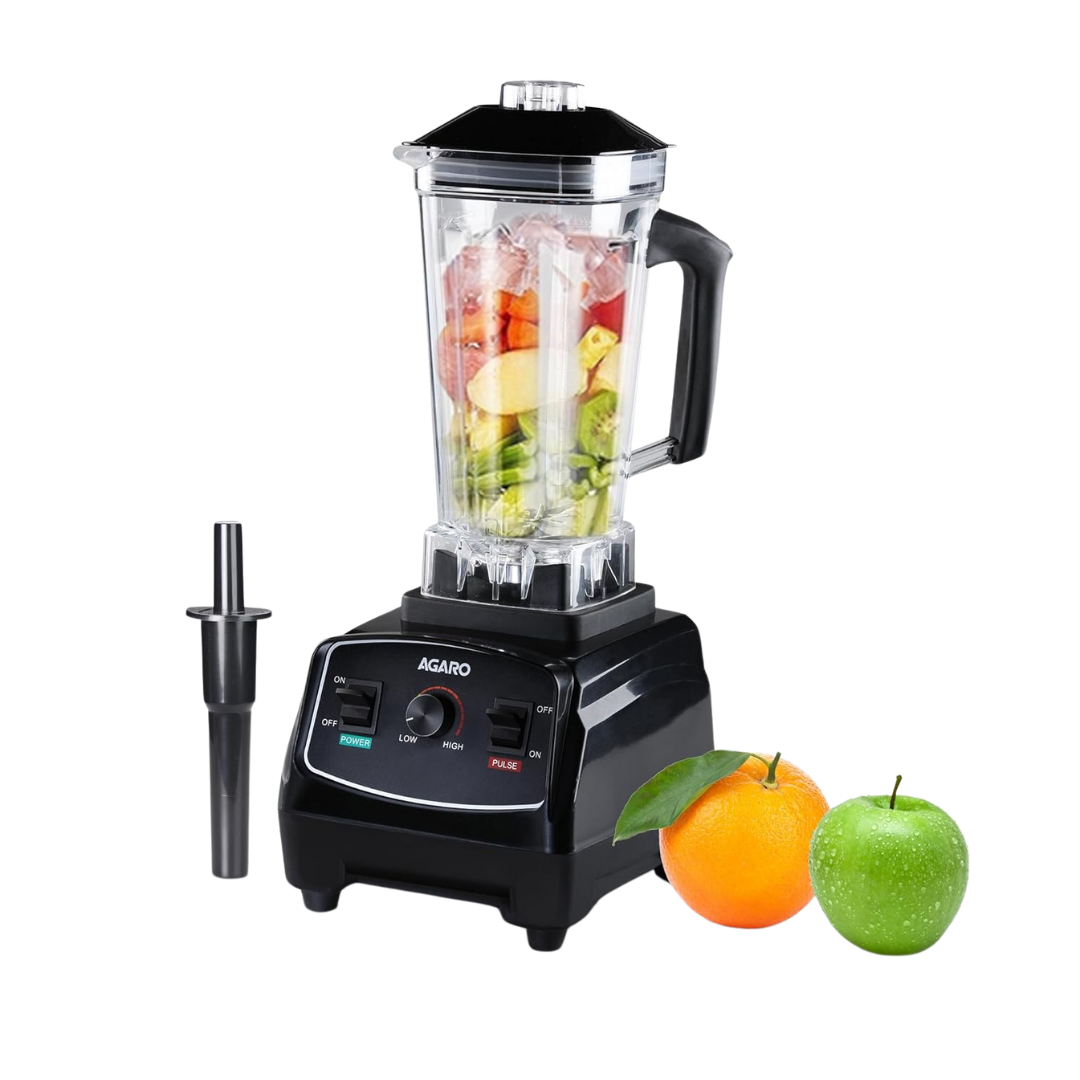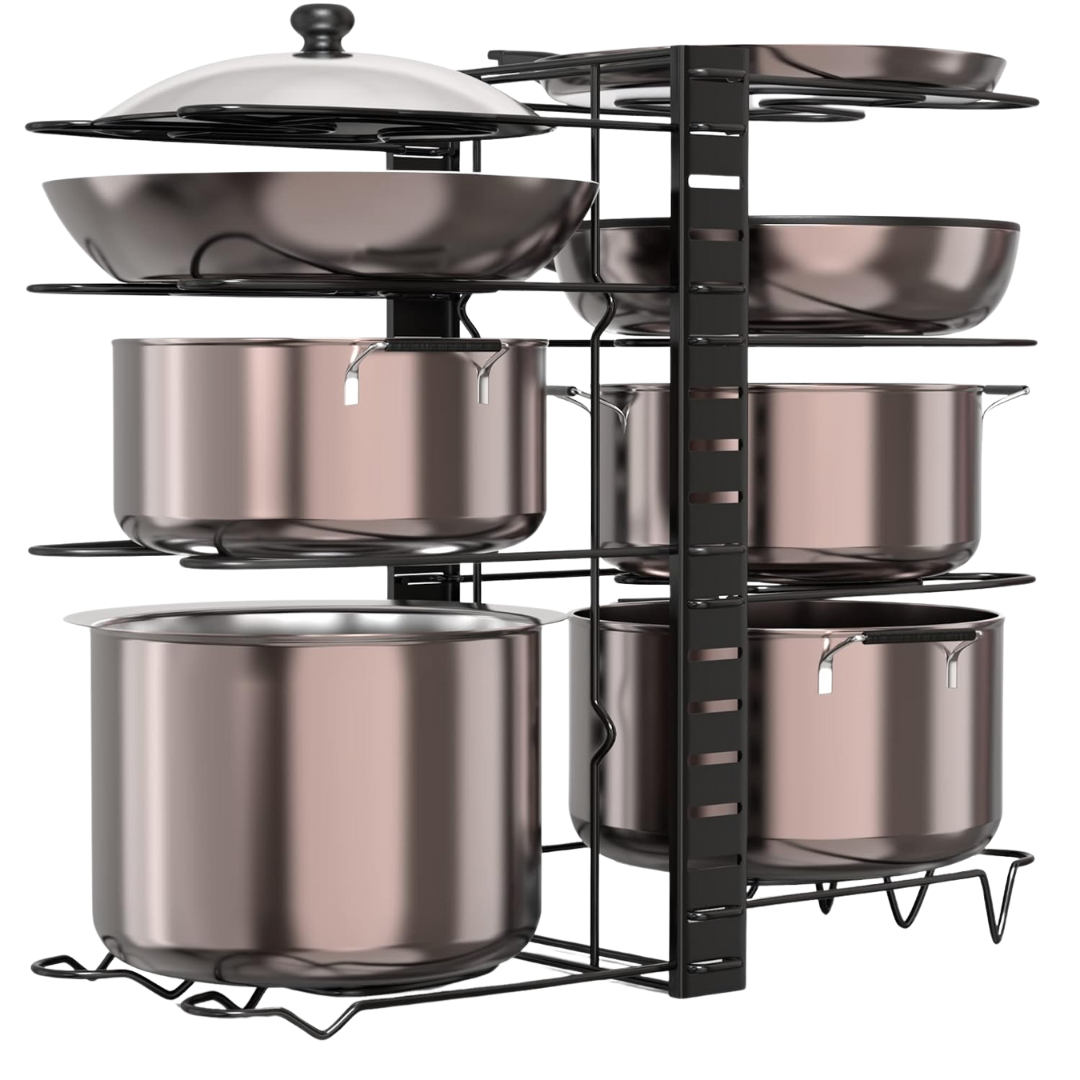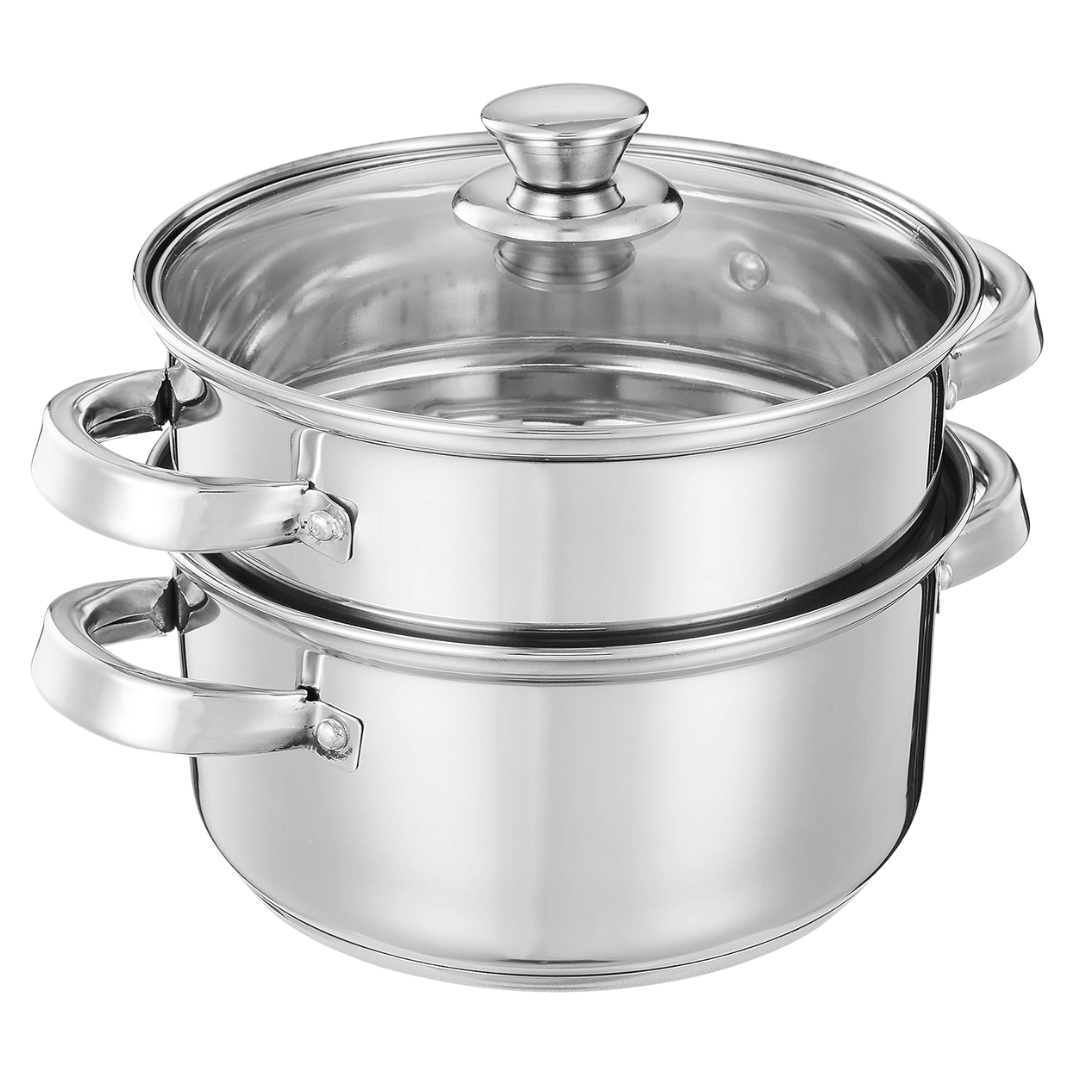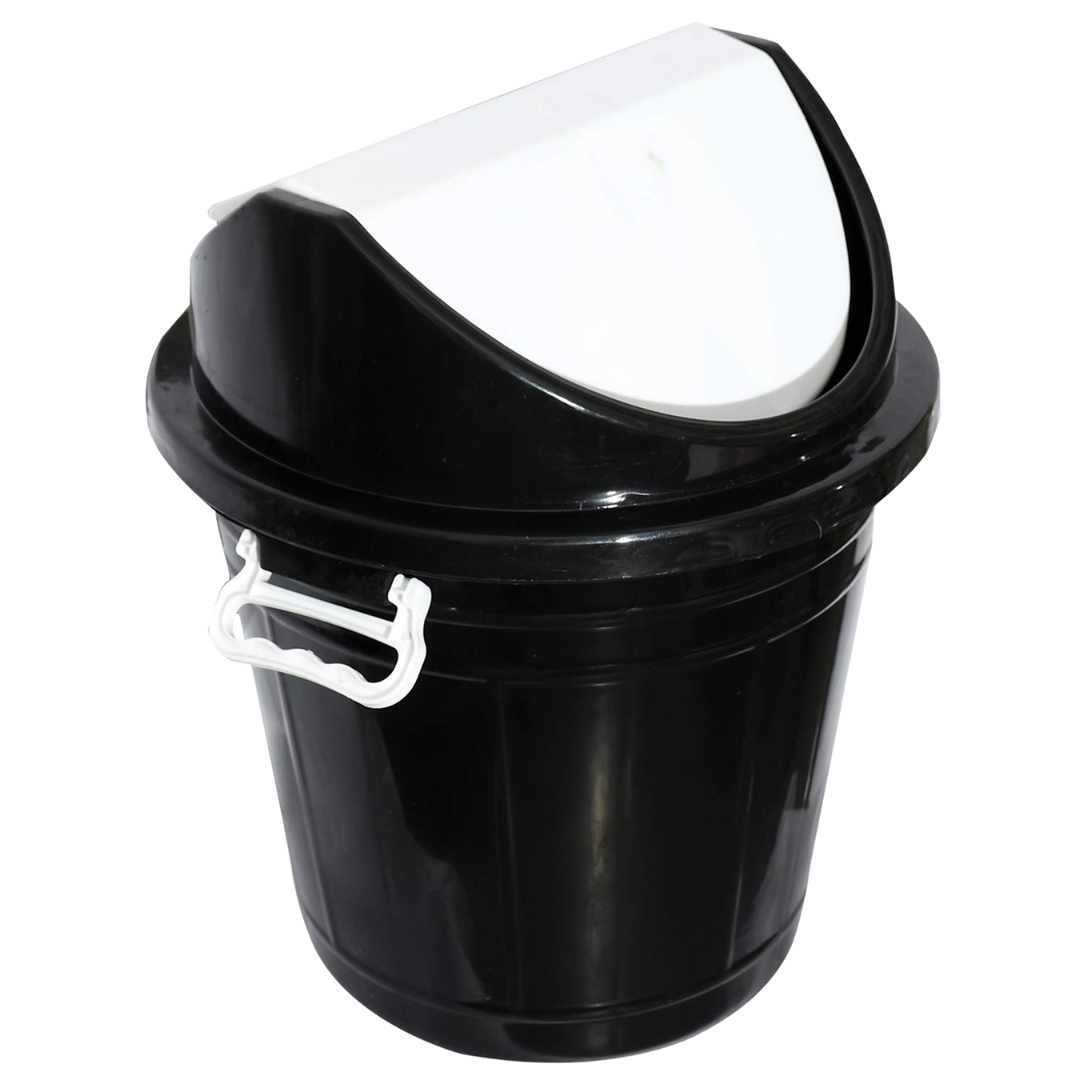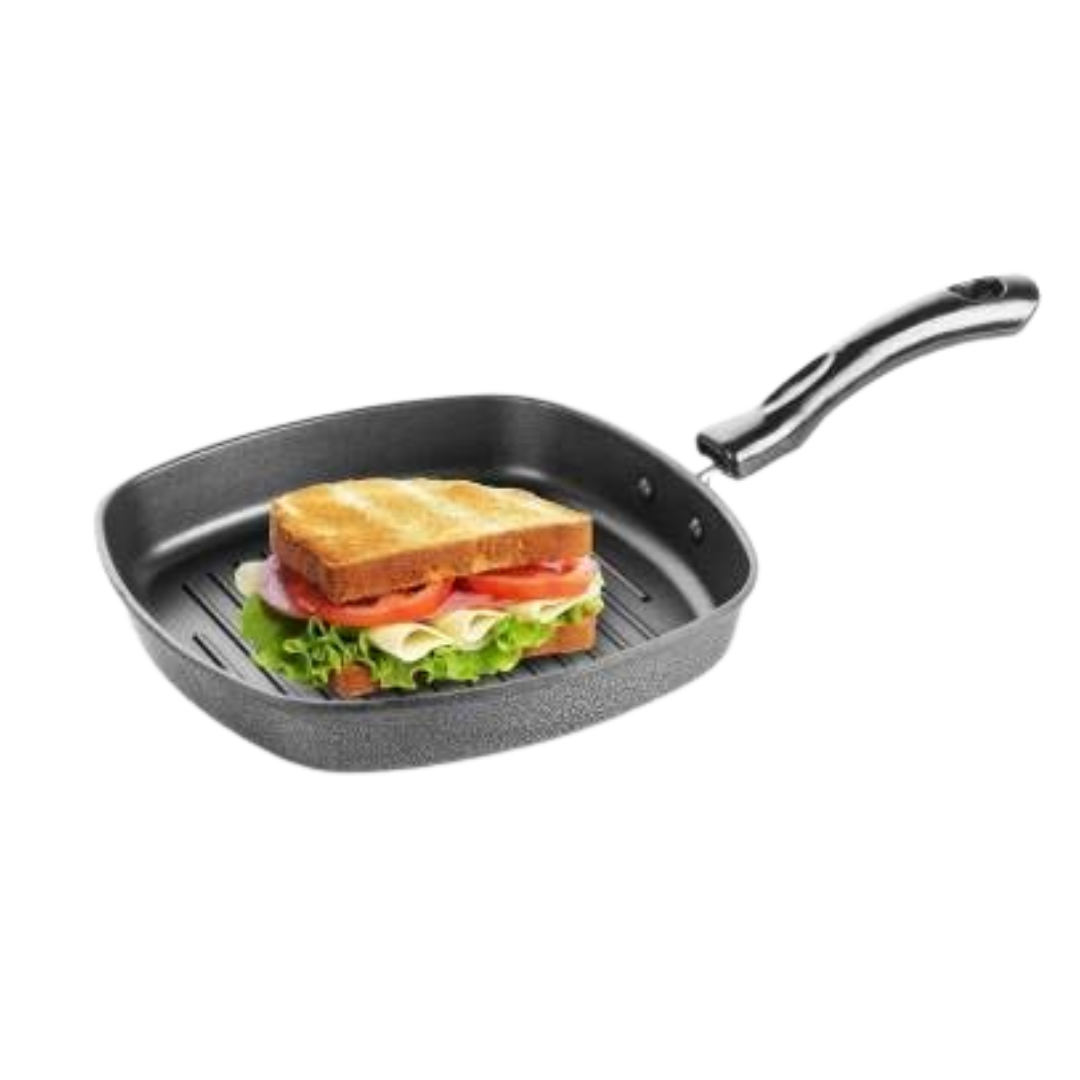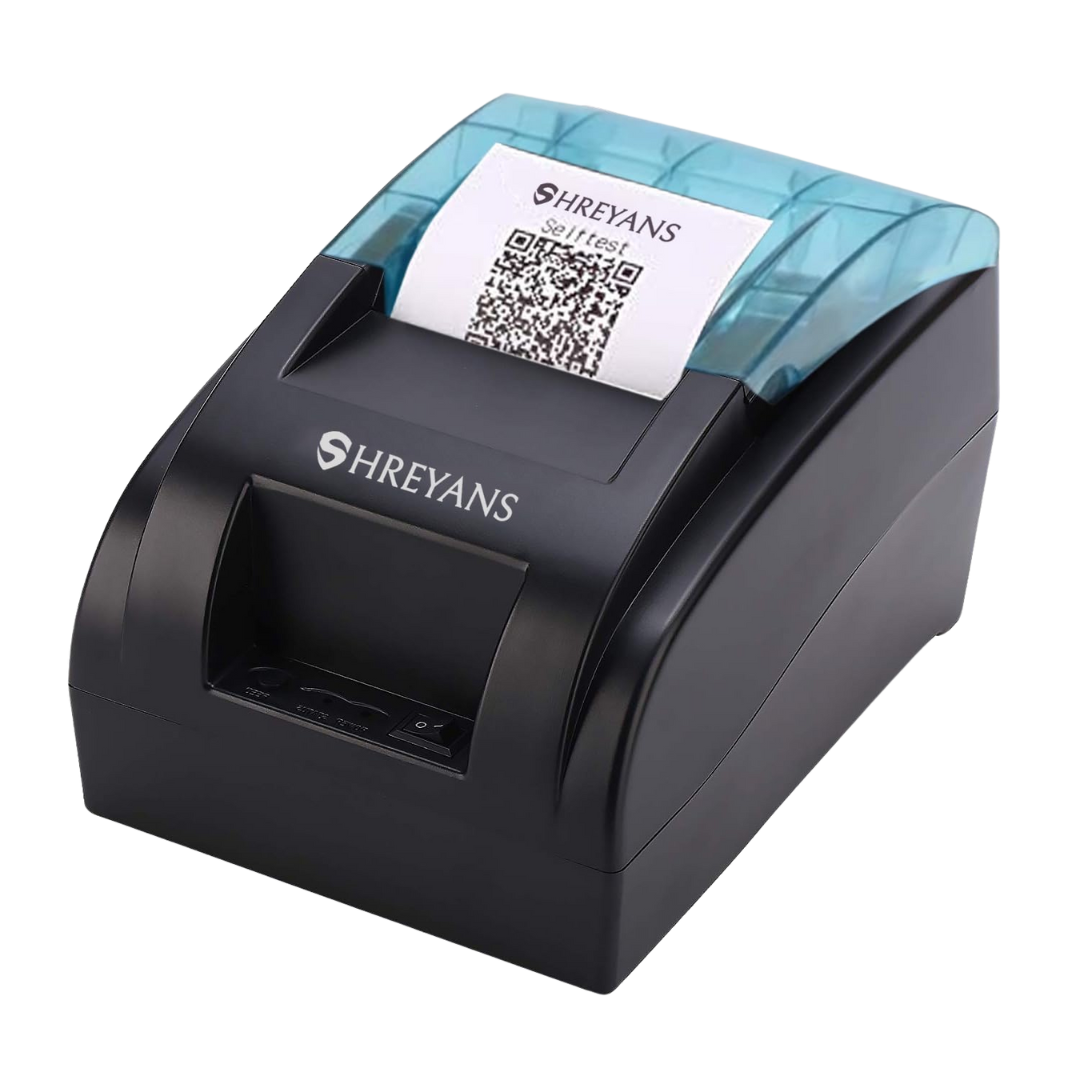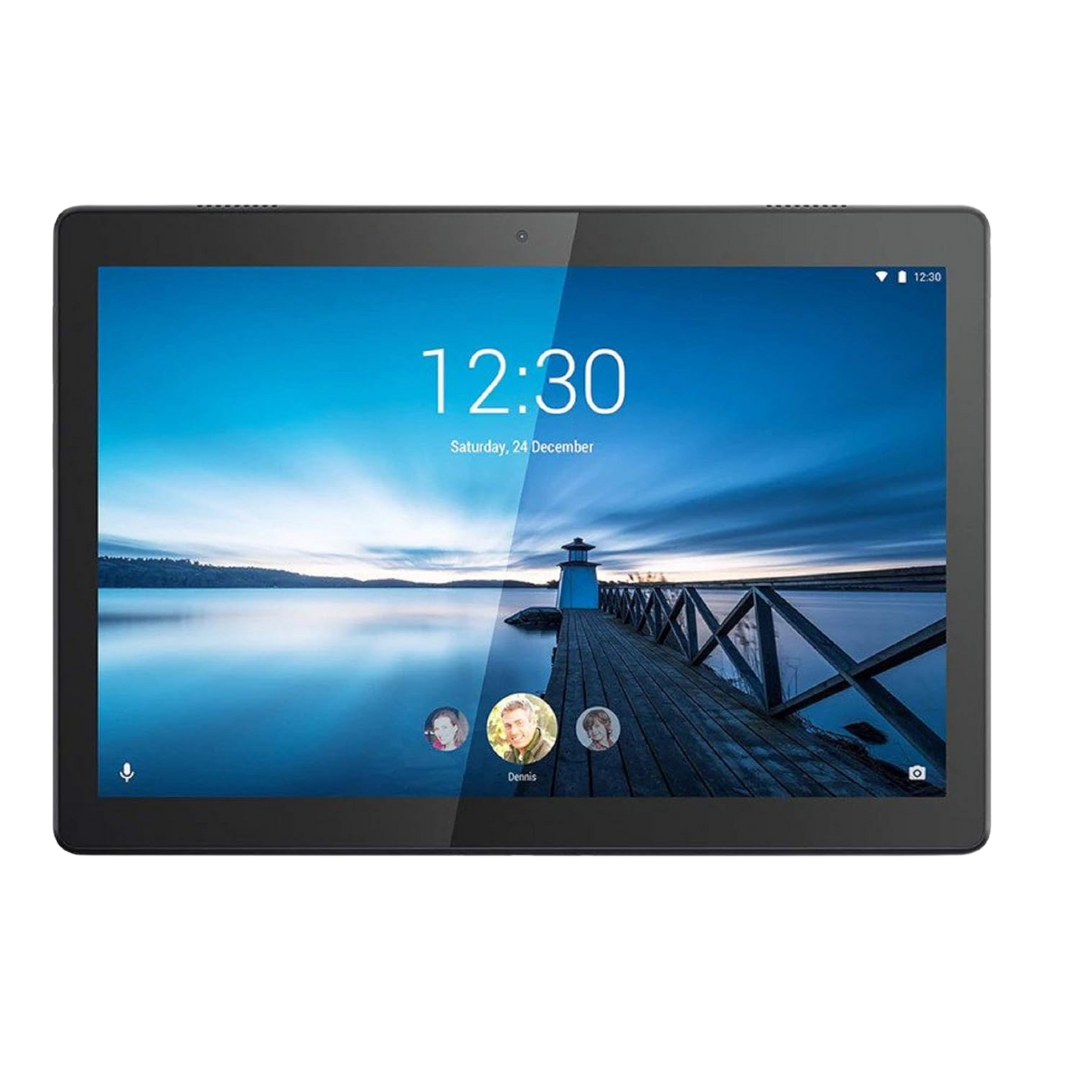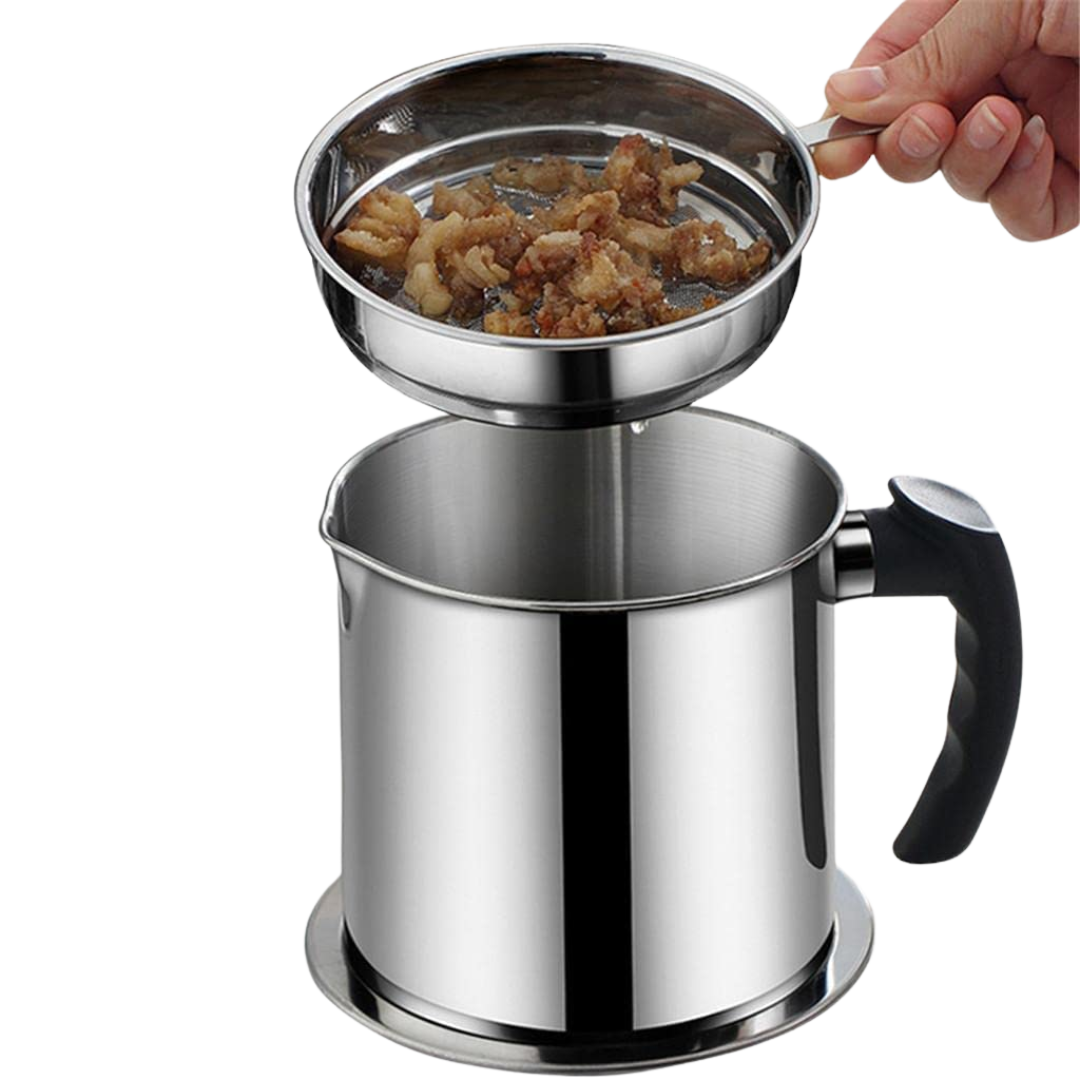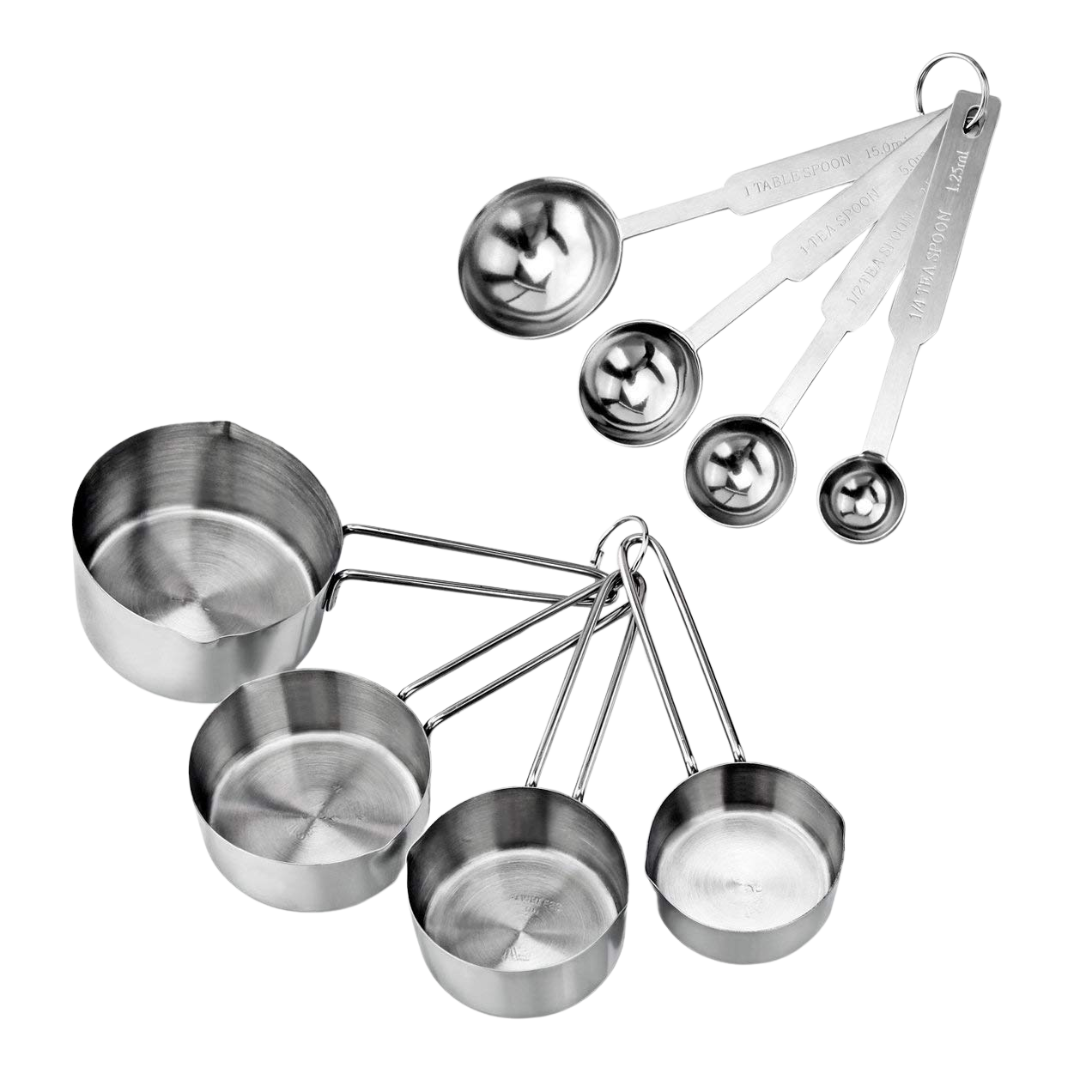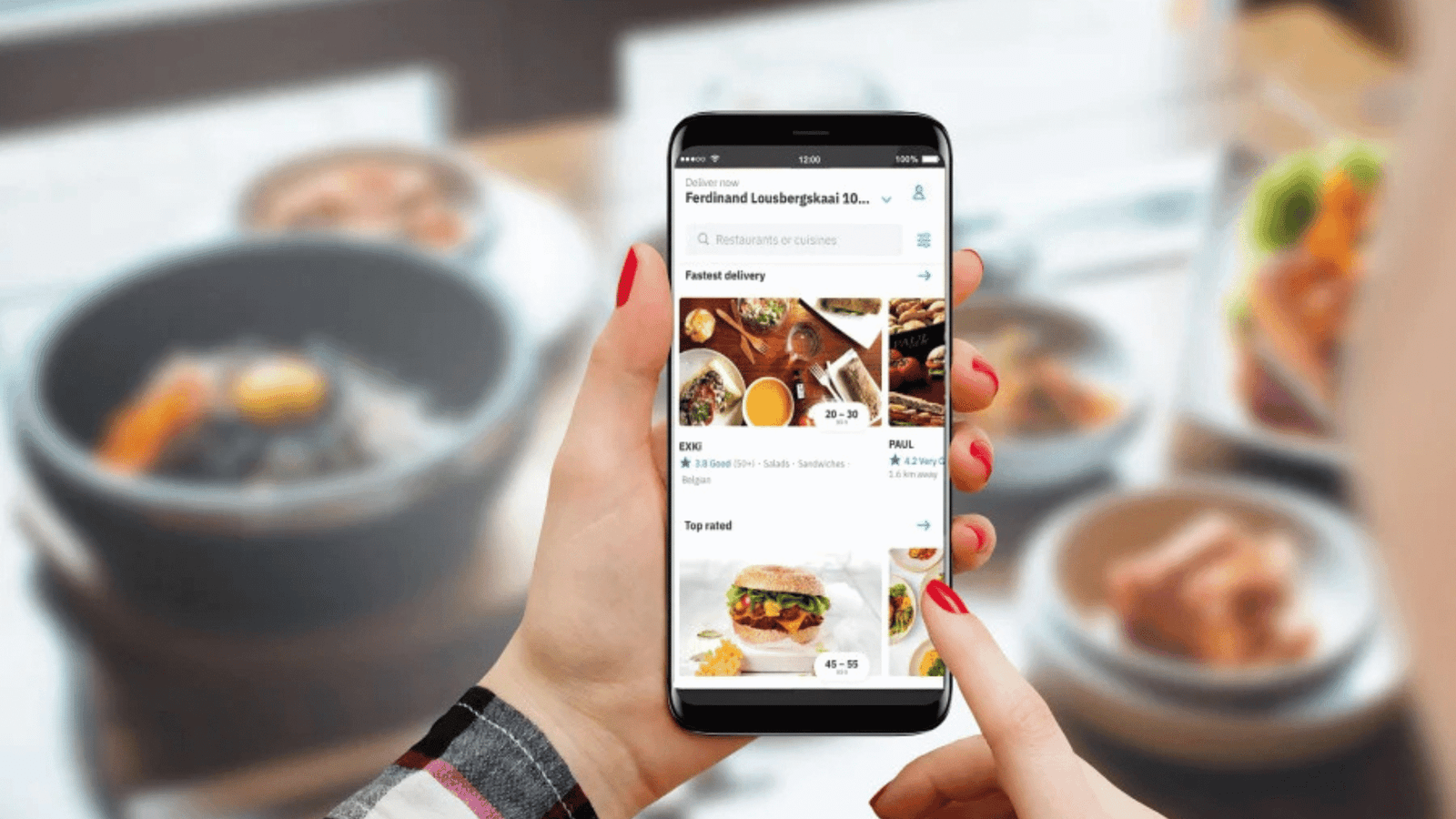The food industry is rapidly evolving, with online food delivery becoming the new norm. Cloud kitchens, also known as ghost kitchens or virtual kitchens, have emerged as a profitable business model, eliminating the need for a dine-in space and reducing costs while focusing on high-volume delivery. Whether you’re an aspiring entrepreneur or a restaurant owner looking to expand, setting set up a cloud kitchen can be a game-changer.
In this comprehensive guide, we will explore the steps involved in setting up a cloud kitchen, from choosing a location and obtaining necessary licenses to marketing and optimizing operations for maximum profitability.
Step 1: Understanding the set up a Cloud Kitchen Model
A cloud kitchen operates with minimal front-end infrastructure, focusing solely on preparing food for online orders via platforms like Swiggy and Zomato. Some cloud kitchens cater to multiple brands under one roof, increasing efficiency and revenue streams.
Types of Cloud Kitchens
- Single-Brand Cloud Kitchen – Focuses on one specific cuisine or food brand.
- Multi-Brand Cloud Kitchen – Operates multiple food brands from the same kitchen.
- Aggregator Cloud Kitchen – A shared space used by multiple restaurant brands.
- Outsourced Cloud Kitchen – Works as a delivery-only outlet for existing restaurant brands.
Step 2: Choosing the Right Location
Location is a key factor in ensuring efficient delivery operations. Unlike traditional restaurants, cloud kitchens don’t require high-footfall areas but should be positioned strategically for quick order fulfillment.
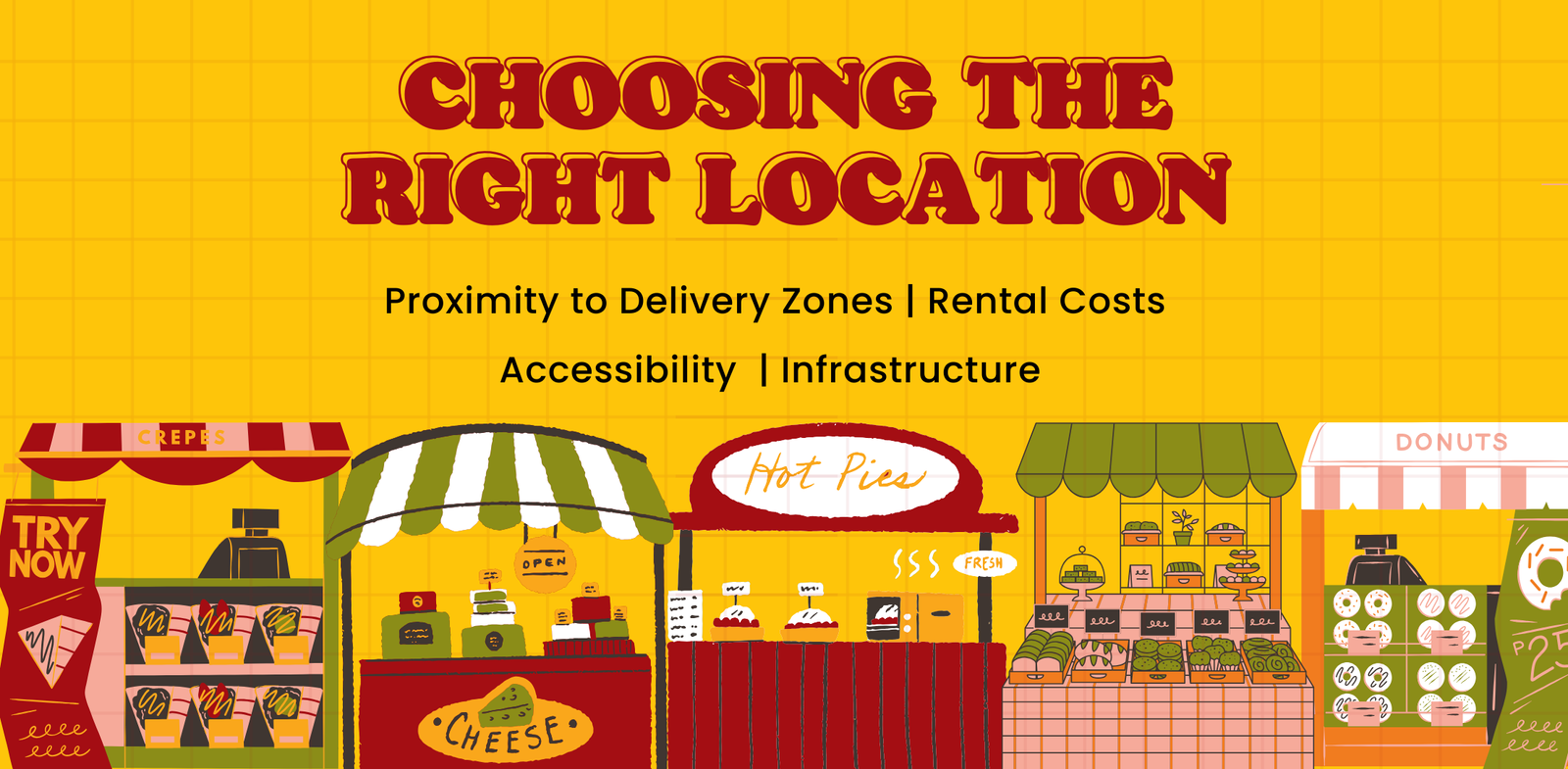
Key Considerations:
- Proximity to Delivery Zones – Choose a location close to high-demand residential and commercial areas.
- Rental Costs – Opt for low-cost spaces like industrial or commercial kitchens.
- Accessibility – Ensure easy access for delivery partners.
- Infrastructure – Availability of electricity, water, and gas supply.
Step 3: Obtaining Licenses and Permits
To operate legally, a cloud kitchen must acquire necessary licenses and permits. The following are essential:
- FSSAI License – Mandatory for food safety compliance. Get FSSAI license
- Shop & Establishment License – Required for business registration.
- GST Registration – Ensures tax compliance.
- Fire and Safety License – Essential for kitchen safety.
- Health Trade License – Issued by local authorities.
- Environmental Clearance – Required for waste management compliance.
Get Expert Guidance for Your Cloud Kitchen
Starting a cloud kitchen? Our experts are here to guide you! Whether it’s setup, marketing, or scaling, we offer tailored solutions to help you succeed. Fill out the form below, and we’ll reach out to you.
Step 4: Investing in Kitchen Equipment
A well-equipped kitchen ensures efficiency and quality in food production. Depending on the type of cuisine, invest in the following:
Essential Kitchen Equipment:
- Commercial stove and ovens
- Refrigerators and freezers
- Exhaust systems and ventilation
- Food processors and blenders
- Storage shelves and food containers
- Packaging materials and sealing machines
- Order management system (POS software)
kitchen equipment set up a cloud kitchen
kitchen equipment set up a cloud kitchen
Step 5: Building a Strong Online Presence
Marketing is crucial for a cloud kitchen’s success since customers discover your brand online. Implement a digital-first strategy to increase visibility and attract orders.

Digital Marketing Strategies:
- Food Delivery Platform Optimization – Register on Swiggy, Zomato, and UberEats with attractive menus and images.
- Social Media Marketing – Engage customers via Instagram, Facebook, and Twitter.
- Website & SEO – Create a website with an online ordering system and optimize for local search.
- Google Ads & Paid Campaigns – Invest in online advertising to drive traffic.
- Influencer Marketing – Collaborate with food bloggers and influencers for brand awareness.
Step 6: Hiring and Training Staff
A skilled team ensures smooth operations and high-quality food. Hire staff with experience in commercial kitchens and provide training in food safety, hygiene, and packaging.
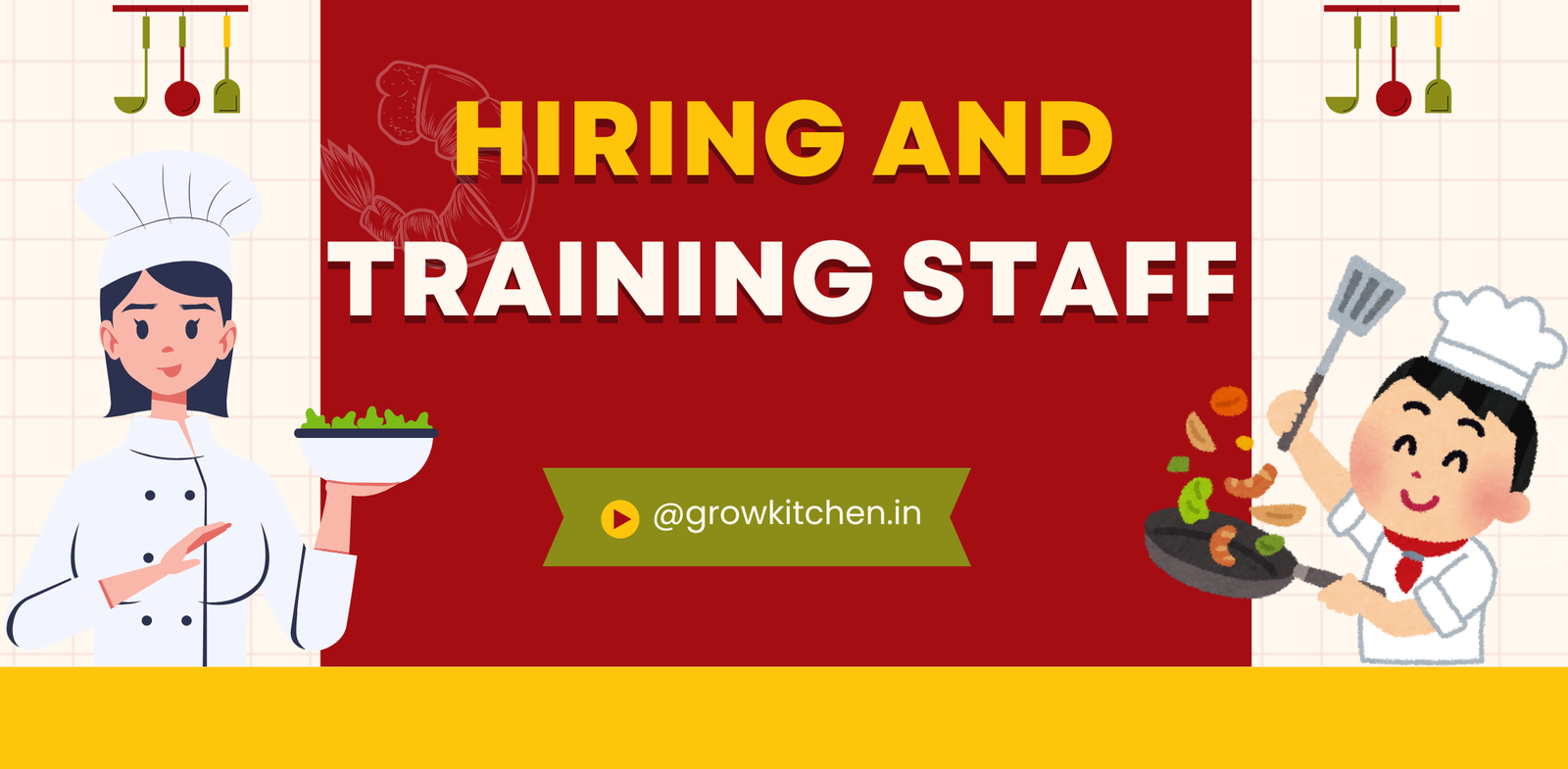
Key Roles in a Cloud Kitchen:
- Head Chef
- Line Cooks
- Kitchen Supervisor
- Packaging and Dispatch Team
- Delivery Management Team
- Digital Marketing Specialist
Step 7: Managing Operations Efficiently
To run a successful cloud kitchen, optimize workflows and streamline operations for cost-effectiveness.
Operational Efficiency Tips:
- Implement an Inventory Management System to reduce waste and track supplies.
- Use Order Management Software for seamless processing and tracking.
- Optimize Packaging to maintain food freshness and quality.
- Negotiate with Suppliers to get the best pricing on raw materials.
Step 8: Ensuring Profitability
Profitability in a cloud kitchen depends on effective cost management and high sales volume.
- Reduce food wastage through efficient portion control.
- Use data analytics to identify best-selling dishes and optimize the menu.
- Offer combo meals and upsell to increase average order value.
- Reduce reliance on third-party platforms by offering direct online ordering.
Step 9: Scaling Your Cloud Kitchen
Once the kitchen achieves stability, consider scaling by expanding to new locations or launching new brands.
Expansion Strategies:
- Open multiple cloud kitchen outlets in different cities.
- Introduce new cuisines or brands under the same kitchen.
- Implement a franchise model for quicker growth.
- Partner with dark store concepts to distribute food widely.
Setting up a cloud kitchen is a lucrative opportunity in the modern food industry. With minimal investment and the right strategies, entrepreneurs can achieve high profitability. From choosing the perfect location and obtaining licenses to leveraging digital marketing and optimizing operations, every step contributes to long-term success. Whether you are starting small or aiming for rapid expansion, following this guide will help you build a thriving cloud kitchen business in 2025 and beyond.
FAQ
How much does it cost to start a cloud kitchen?
The initial investment can range from INR 5-20 lakhs, depending on location, equipment, and marketing.
Can I run a cloud kitchen from home?
Yes, but you will still need to obtain necessary food safety licenses and ensure compliance with health regulations.
How do I increase my cloud kitchen's online orders?
Use online ads, promotions, influencer collaborations, and SEO strategies to boost orders.
Do cloud kitchens make more profit than traditional restaurants?
Yes, since they have lower rental and staffing costs, cloud kitchens generally have higher profit margins.
How long does it take for a cloud kitchen to become profitable?
Typically, it takes 6-12 months to break even, depending on operational efficiency and marketing efforts.


